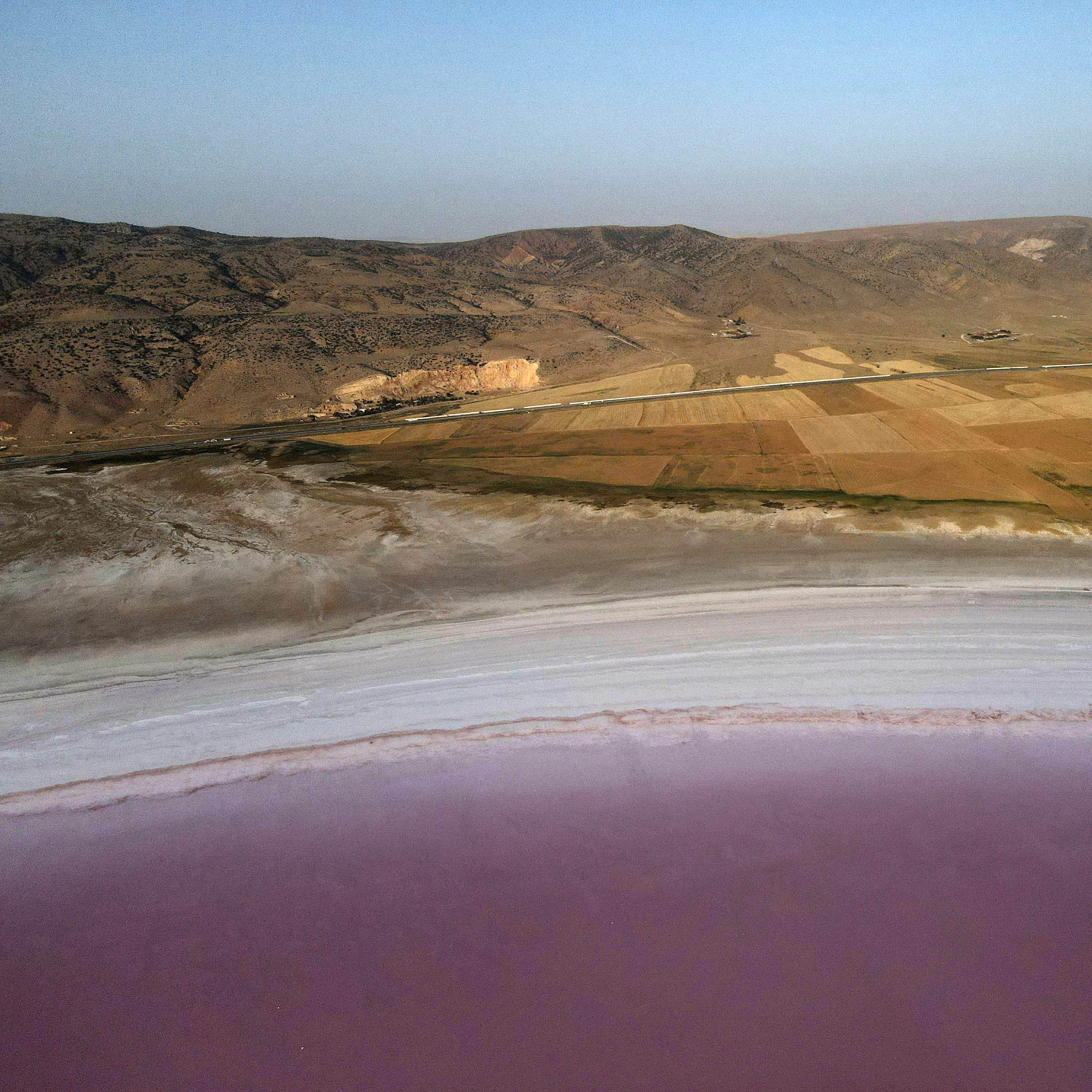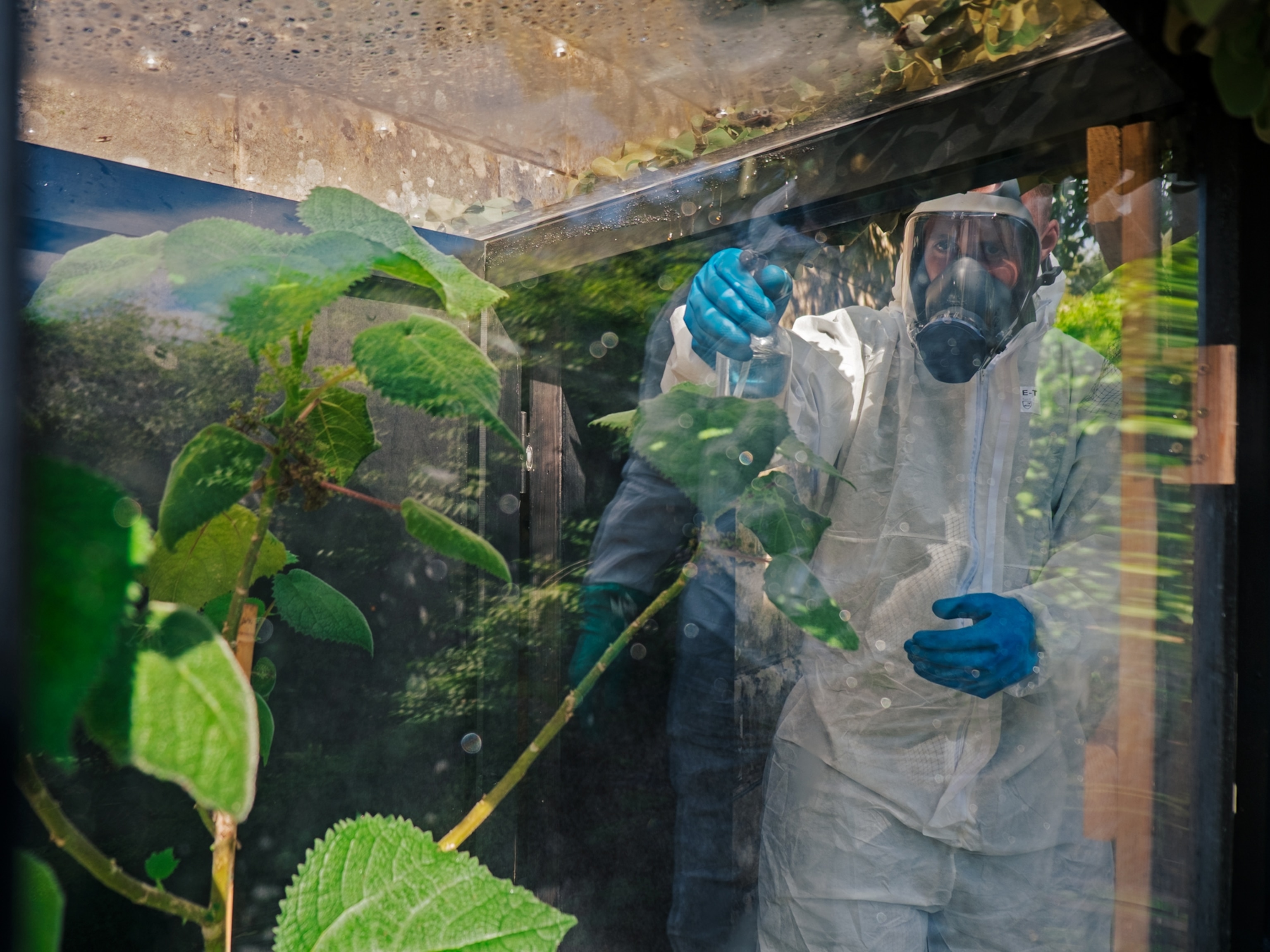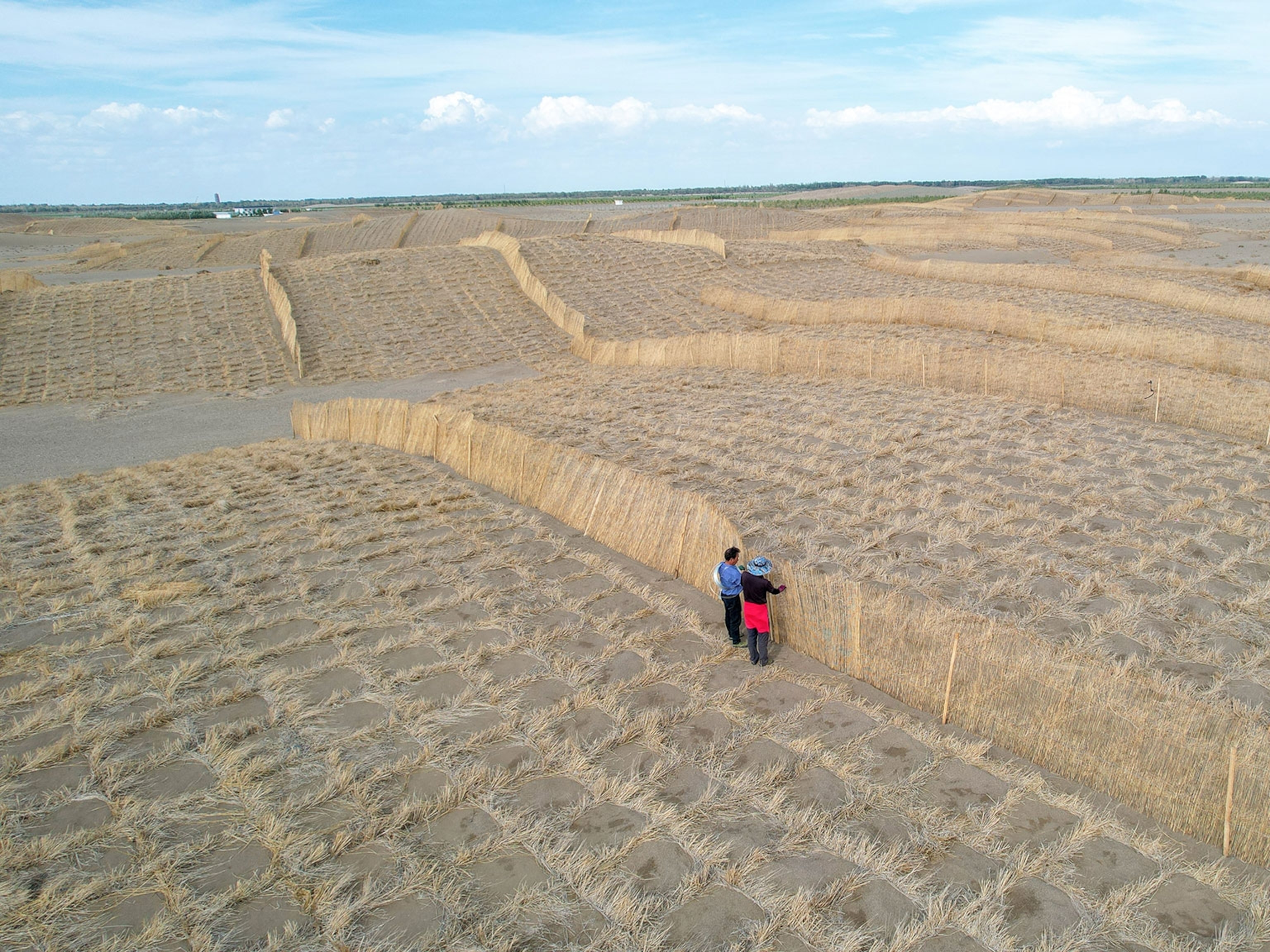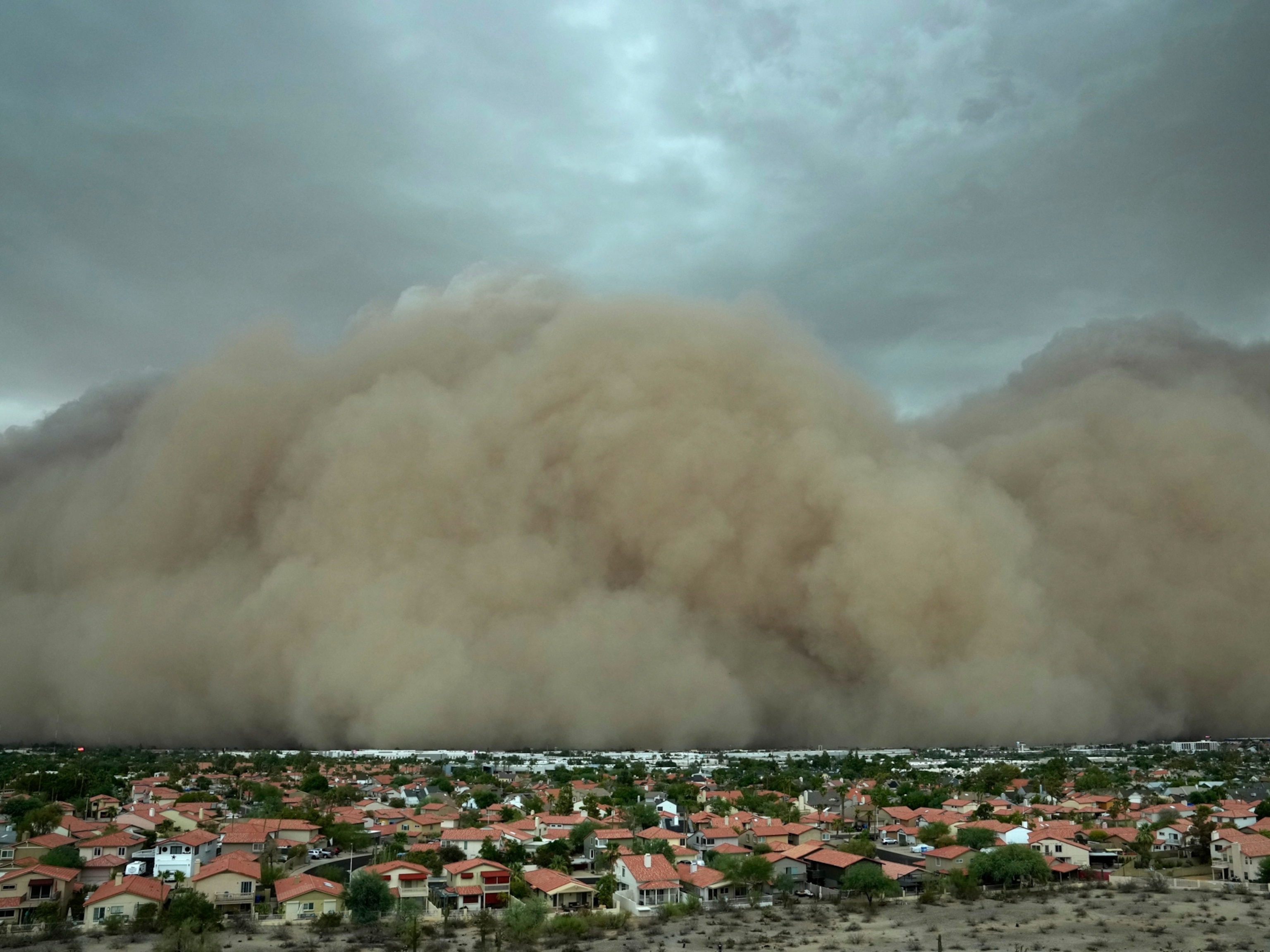
Why 2023 could be the year of the superbloom
An abundance of rain in California has set the stage for an epic “sea of flowers” this spring. Here’s how to see this increasingly rare phenomenon—responsibly.
“Superblooms” of California and the U.S. Southwest are the stuff of (literal) legend. For centuries, Indigenous communities have celebrated massive springtime blossomings of chia, desert lilies, tarweeds, sunflowers, and other flowers with edible seeds or roots. “Fields as verdant as they are flower-covered touch the very waters of the sea,” wrote Spanish colonist Juan Bautista de Anza in 1774.
Today, these floral explosions are confined to pockets of relatively undisturbed habitats, mostly in the vast southwestern deserts of California, Arizona, and Nevada, and pop up only after a good rain year—an increasingly rare event in an era of climate change.


This winter, California has seen an abundance—and in some cases overabundance—of rain, which has fallen relatively consistently since late autumn. That’s setting the stage for an excellent bloom, says Abby Wines, a ranger at Death Valley National Park in southern California—though it’s too early to tell if it will be on par with the legendary 2005 bloom, or even the 2017 or 2019 ones.
“It may or may not end up being a superbloom,” a term which has no technical definition and was coined sometime in the 1990s, she says. “But we’re predicting a well-above average bloom.”
But the glorious natural events are under threat—from hundreds of thousands of flower tourists who sometimes trample delicate blooms and soil; invasive species; ongoing development; and climate change, which is already making the region drier and hotter.

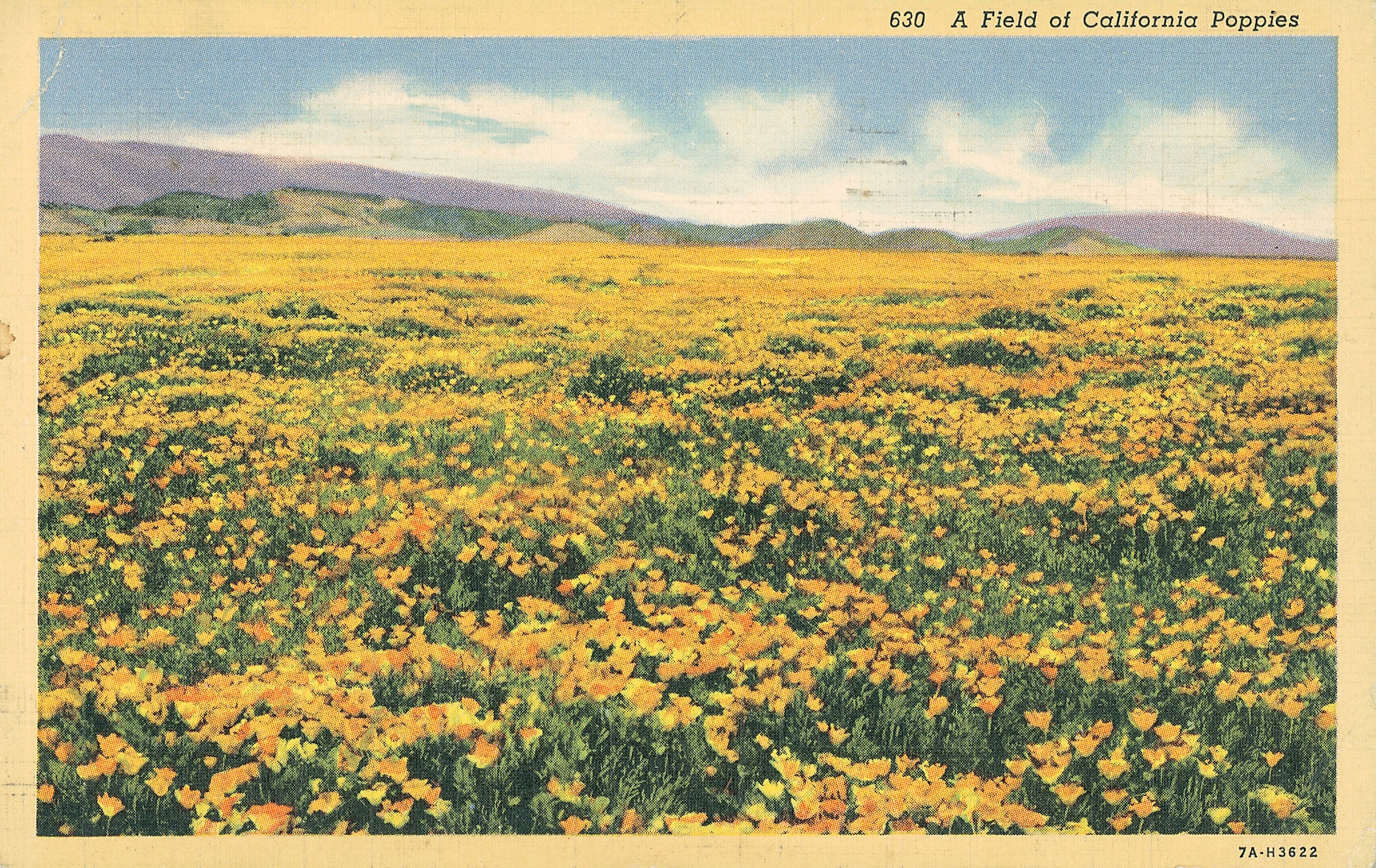
Spectacular superblooms of the past
Springtime annual wildflower blooms have happened for at least tens of thousands of years, driven in large part by fickle winter rains that would in some years bathe the California landscape from about December through February.
In the distant past, these blooms were often excellent—and enormous. Early Spanish colonizers described years when late winter-blooming native wildflowers stretched along coastal prairies and up narrow canyons, from what’s now the southernmost tip of California all the way up to the Bay Area, through the Central Valley and Sierra foothills, and beyond. After tribal communities collected the abundant edible seeds, they often burned fields intentionally—a strategy that likely encouraged consistent flower regrowth. John Muir described the Central Valley as an “inland sea” lined with blue flowers.
Even through the early 20th century, blooms persisted even in heavily populated Los Angeles County. After a good winter, the San Pasqual hills near Pasadena would glow with poppies: Angelenos hopped on trolleys en masse to the see the flowers. In 1895, one giddy visitor told the Los Angeles Times “it is as if the brightest sunset clouds had dropped down and wrapped the hills in its mantle.” In 1929, a National Geographic writer gushed that “in the early spring, California dons her party dress… literally all outdoors become one vast garden of flowers, until it seems there is no end to the colorful panorama.”
But as development pushed farther out, and more landscapes were converted to agriculture, grazing, subdivisions, or as invasive plants outcompeted the slightly fussy native seedlings, many of California’s spring flower fields disappeared.
“It’s one of the tragedies of the superbloom,” says Naomi Fraga, a botanist at the California Botanic Garden. “L.A. had these extraordinary opportunities to enjoy nature in their city the way it had been.”
Today, seas of flowers emerge almost exclusively in state or national parks—and especially desert regions including Death Valley, Anza-Borrego, Joshua Tree, and the arid Carrizo Plain, where flowers’ emergence contrasts spectacularly with the subdued dry-phase landscapes.
Even in the driest drought, deserts aren’t wastelands, but a flower miracle waiting to happen, says Daniel Winkler, a USGS desert expert: The seeds that feed the blooms are always present in the soil by the billions, just waiting—sometimes for decades—for the right conditions.
“The abundance is always there,” says Evan Meyer, director of the native plant-focused Theodore Payne Foundation, and “each superbloom is seeding the future.”

Why do superblooms happen—and what’s threatened?
Their occurrence is still shrouded in botanical alchemy. There are a few basic ingredients: a good rain year, but one where rains come consistently over several months and not in a single deluge; cool nighttime temperatures; and a well-stocked seed bank. “The preparation for a superbloom isn’t a sprint, it’s a marathon,” says Justen Whittall, a plant biologist at Santa Clara University.
Historical observations—cobbled together from botanists, European explorers, and later newspaper reports—suggest these conditions have historically lined up every decade or so, often following a drought but during an El Niño year, when the U.S. West tends to receive more rainfall.
But climate change is reshaping some of those cues. Instead of smaller, recurring winter storms, precipitation is coming in record-breaking deluges, like the recent spate of atmospheric rivers that dumped a year’s worth of rain onto California in just a few weeks. And heat waves are now sweeping through in the winter, jumpstarting germination at the wrong time, or drying out delicate baby seedlings.
“That’s all making it harder on the native wildflowers,” says Fraga, while favoring introduced species such as Saharan mustard or oatgrass, which grow with impunity under the same conditions.
“I have a lot of respect for these [native] plants, but in some ways they’re kind of wimpy. They’re not strong competitors,” she says, making it even more important to treat them with care when they do bloom, so they can survive and dump their seeds back into the soil to germinate again in the future.
Superblooms also occur in other parts of the world—after all, wildflowers are everywhere. Whittall saw a spectacular South Africa bloom full of familiar-ish wildflowers, and even the rain-starved Atacama Desert occasionally bursts into flower.

How can you see them—responsibly?
Whether or not 2023 yields a superbloom, visiting spectacular flowers is a really excellent way “to get excited and start thinking about plants,” says Meyer.
The “fragile, special, and in some ways dwindling experiences” can inspire deep relationships with the landscapes around us, he says—and get people involved in protecting them for the next bloom, some 10 years away.
Meyer and others offered a few rules of thumb for being a responsible flower tourist.
- First, consider heading to less-trafficked blooms. Anza-Borrego Desert State Park can get over 200,000 visitors during a good flower season, while 2017’s bloom in Joshua Tree National Park brought in more than 1.5 million people.
- When you’re there, tread carefully, says Daniel Winkler, a desert biologist for the U.S. Geological Survey: Desert and arid landscapes don’t recover quickly, and “a footprint can last a decade.” So stay on-trail and try not to step in or among the flowers.
- Learn before you go—stop at a ranger station, call a “wildflower hotline,” and learn about the vast array of different flowers you might encounter.
- Plant your own poppy fields! “What if we brought these flowers back to urban landscapes?” asks Meyer. Convert your front yard, balcony, or whatever space you have into a native wildflower haven. Neat!


